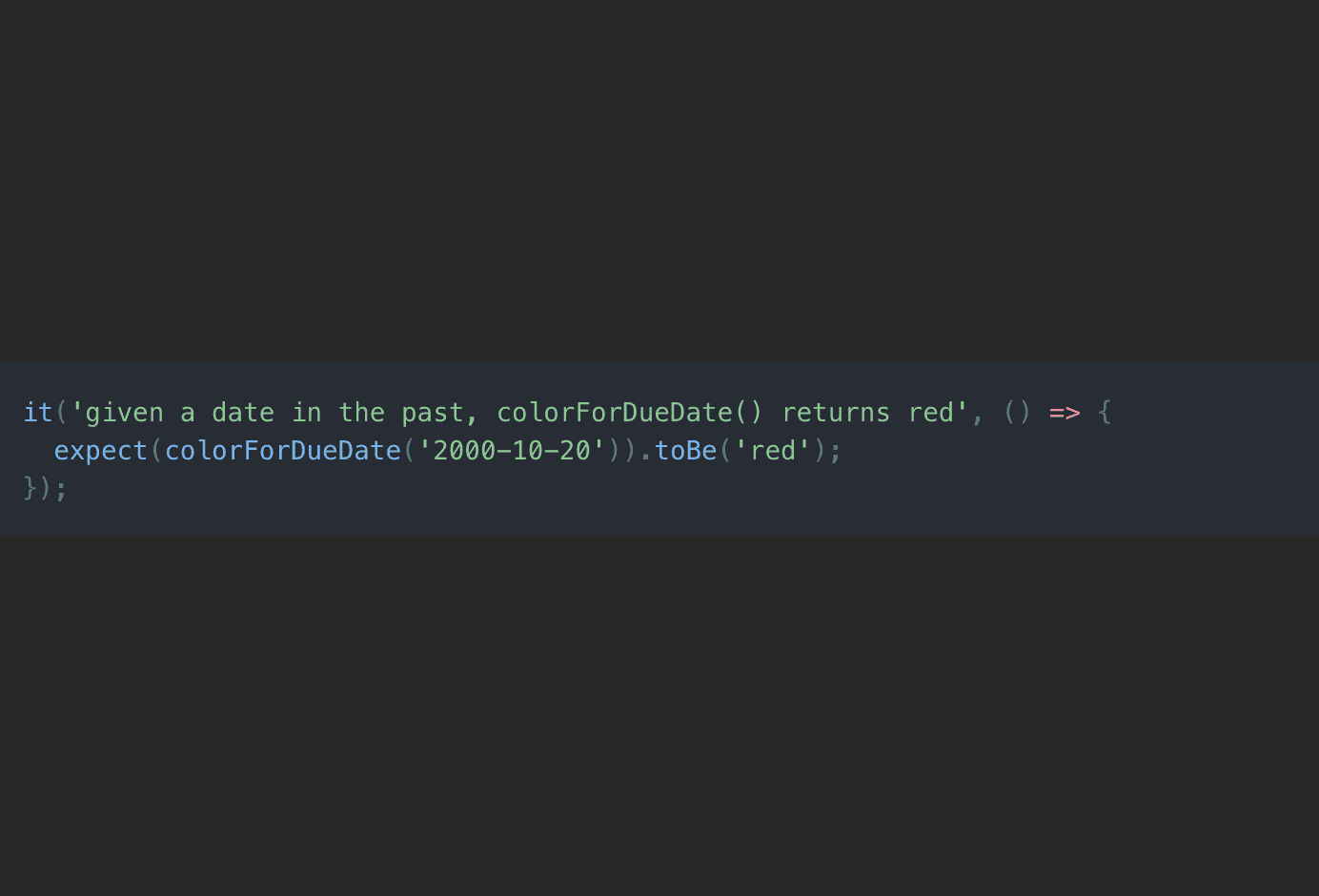Tips On Optimisation Testing
- Know what you’re testing and why
- Don’t over-test
- Tests should be controlled and follow accepted protocols
- Remember the value of the customer over their lifetime, not just for this one transaction.
2.31K
1.54K reads
CURATED FROM
IDEAS CURATED BY
The organization can be confusing. While this manual takes the reader sequentially through the necessary tasks of starting up the startup.
“
The idea is part of this collection:
Learn more about entrepreneurship with this collection
How to start a successful business
How to build a strong team
How to market your business
Related collections
Similar ideas to Tips On Optimisation Testing
Testing Your Solution
Following customer problem testing, this phase tests the solution:
- Update the business model and team
- Create a product solution presentation (physical) or high fidelity MVP test (web/mobile)
- Test the product solution: See what customers think by asking them.
A/B testing
A/B testing, also known as split testing, measures two social media posts against each other to see which performs best.
The most common way of using A/B tests is to only change one element of the post between the two versions (headline, image, CTA, etc) so that you know any difference in p...
Structuring Tests
Your tests should be short and ideally test only one thing.
The test in the image is described by the string passed to the it function. Take good care writing the description so that it’s clear what is being tested...
Read & Learn
20x Faster
without
deepstash
with
deepstash
with
deepstash
Personalized microlearning
—
100+ Learning Journeys
—
Access to 200,000+ ideas
—
Access to the mobile app
—
Unlimited idea saving
—
—
Unlimited history
—
—
Unlimited listening to ideas
—
—
Downloading & offline access
—
—
Supercharge your mind with one idea per day
Enter your email and spend 1 minute every day to learn something new.
I agree to receive email updates
